Historical Fiction
Date Published: Tuesday, October 8, 2024
Publisher: Peanut Butter Publishing
In rural Radford, Tennessee, in the 1950s, a white family is killed in an automobile accident.
Upon hearing the news of her parents’ and grandfather’s deaths, Jessa runs away with her dog, creating problems for her town, especially for the sheriff, her parents’ friends, and the Black community that falls under suspicion. Racial distrust shapes the town’s response to Jessa’s disappearance, and as the weeks stretch out, the weather poses increasing challenges for Jessa as she shelters in a hollow tree while attempting to provide for herself and her dog, Cassie. Help appears from an unexpected source as a family mystery is revealed.
The Missing Girl and the second book, Jessa Is Back, are placed right in the midst of “the good old days” and serve as a reminder of the unabashed nature and danger of white supremacy in the 1950s. These provide us an opportunity to examine the parallels in events unfolding today
Also in the Series
Historical Fiction
Date Published: Tuesday, October 8, 2024
Publisher: Peanut Butter Publishing
Jessa is a different person when she returns to her hometown.
The integrated schools in Oregon allowed her to form a friendship with a Black girl, and now she sees the local Jim Crow practices in Tennessee with new eyes. Supported by her Oregon relatives, she becomes an advocate not only for the inclusion of music throughout the school system of Radford, but also for friendships that cross racial lines. While she becomes a gadfly to the school board, her interactions with other members of her town precipitate crises that uncover support for her position as well as staunch opposition.
In the South, and also in the rest of the country, a long road stretches from the 1950s to the present, and we must judge how well we have lived up to the vision that Jessa’s discovery of interracial friendship revealed to her.
Interview with Stacia Moffett
Have you read anything that made you think differently about fiction?
I’ve read a lot about writing a memoir, and have come to realize how much fiction draws from a person’s own memoir. My own memories are the wellspring of my fiction-writing, and I think it is reading about memoir that has awakened me to that fact. If I get to write as much as I plan, there wouldn’t be any surprises left for my memoir!
How do you select the names of your characters?
I have worried that my friends and family would take the names I put into my stories and think I am writing about someone they know because of the same name. This is particularly a problem when I name a dog after a niece! I just use names that I like and am familiar with, but the book’s characters determine their own fate.
Do you hide any secrets in your books that only a few people will find?
People who know me will recognize bits of family history and have a deeper understanding of how that bit of the story originated than most readers. This is inevitable, but there are no secrets that call for analysis.
What was your hardest scene to write?
I definitely hesitated a long time before I wrote the scene where the eleven-year-old boy and his grandfather perform in the Music in the Park series. I knew it was crucial that this scene, in which the Black musicians were attacked by redneck men with guns, is suspenseful and convey the racial tension and real threat as well as the support that they had from some in the white community. This scene highlights Jessa’s meddling and its consequences, which she needed to understand, as well as revealing the social milieu of the town.
Do you want each book to stand on its own, or are you trying to build a body of work with connections between each book?
What I have created with the first two Jessa books is definitely a pair of books that should be read in a sequence, and I have the outline of the third book in that series already in mind. Creating characters that I get to know so well makes me want to stick with them and see where the future takes them.
What were your goals and intentions in this book, and how well do you feel you achieved them?
My initial goal was simply to write a story of self-sufficiency with a young girl at its center. It was only after I began to engage with the rural Tennessee town, with its diversity of characters, that the relevance of the 1950’s to today’s social divisions began to be apparent. That transformed my intention for the books to one of painting the times accurately, so that parallels with the rise of white supremacy today would be more apparent. The segregation of Blacks and whites was the elephant in the room that Jessa discovers as a result of getting out of the South and forming a friendship with a Black girl, and she becomes an advocate for friendships that bridge racial barriers and form the basis for social progress. It is my goal that people see the wrongs of the past and recognize similar wrongs in today’s society and political climate. It remains to be seen how well I succeeded in this goal.
What inspired you to write Lost and Found in Tennessee?
I became determined to write about what I had lived through so that younger people, like our own children, could grasp what it is like to be born into an abusive social structure. It takes a lot of determination to penetrate such a system, especially if you are born into the abuser side of the picture. This approach is not intended to be make excuses for the abusers, but only to attempt to convey how difficult it is to overcome the mindset of the past.
Can you tell us a little bit about the next books in Lost and Found in Tennessee series or what you have planned for the future?
The next book will have Jessa and her Black friend traveling by bus from Chicago to Jessa’s hometown in the early 1960’s. I hope to explore within that framework how the South has adapted and been forced by the Civil Rights Movement to accept integration in the schools and public places. There will be some disappointments and some heartwarming instances of people coming together to bridge the racial divide, but also, the book will reveal the distrust that understandably continues to exist between the formerly-abused and the former abusers.
Can you tell us a little bit about the characters in Lost and Found in Tennessee?
Jessa is a girl who grows to understand racial injustice and to challenge the adults around her. The town’s sympathetic characters include whites like Florence at the sheriff’s office, John, the carpenter who was a friend of Jessa’s grandfather, and the town’s reporter. Unsympathetic characters include most of the school board, the high society of the town, and the many bigoted whites. We get to know the Negroes who want to push for their rights and those who are afraid of rocking the boat and we gain some insights into the plight of white women, also caught up in the role-playing expected of them in the 1950’s.
What did you enjoy most about writing this book?
I enjoyed living within the story as it developed. This allowed me to return to the Tennessee of my childhood and let the imaginary characters of the fictitious town of Radford reveal their lives and secrets. Often, the words coming out of their mouths surprised and pleased me, although I worried for the risks they sometimes took.
Contact Links
Purchase Links
.png)











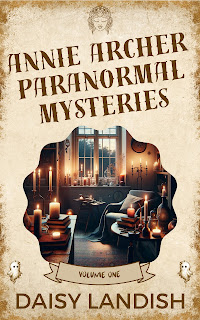

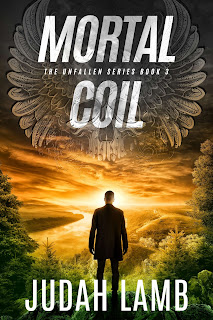









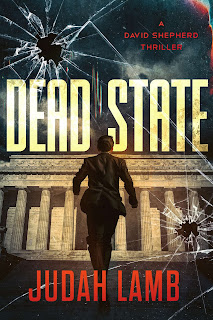

















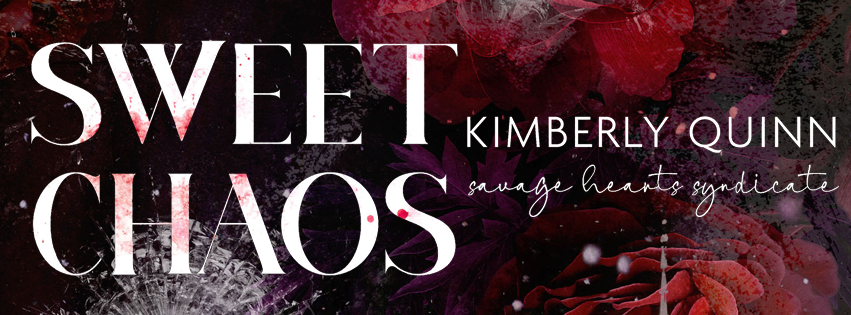



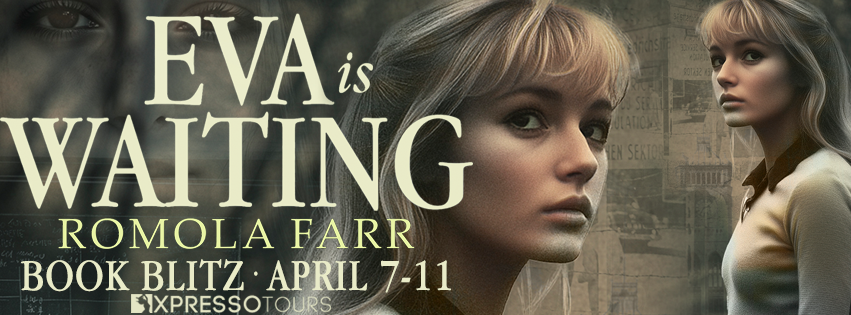




















































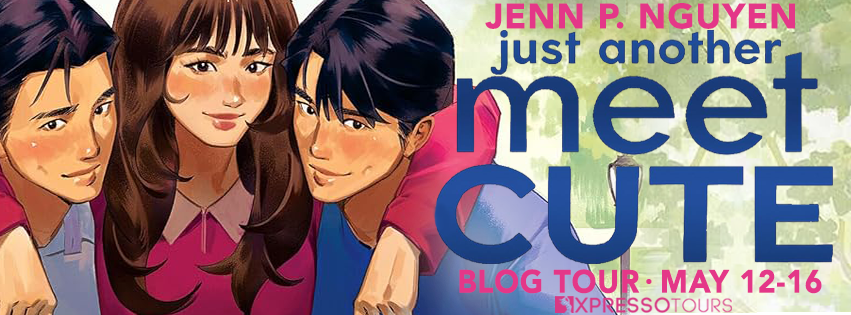
















2 comments:
I enjoyed the interview. The book sounds really good. Thanks for sharing.
Sounds very delightful
Post a Comment